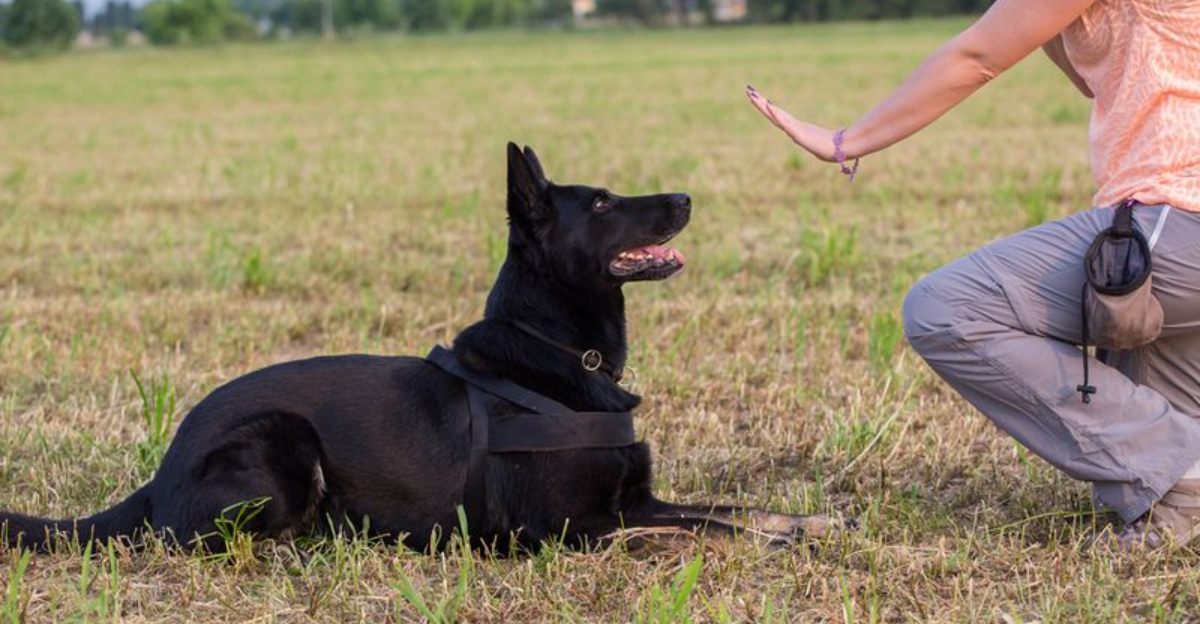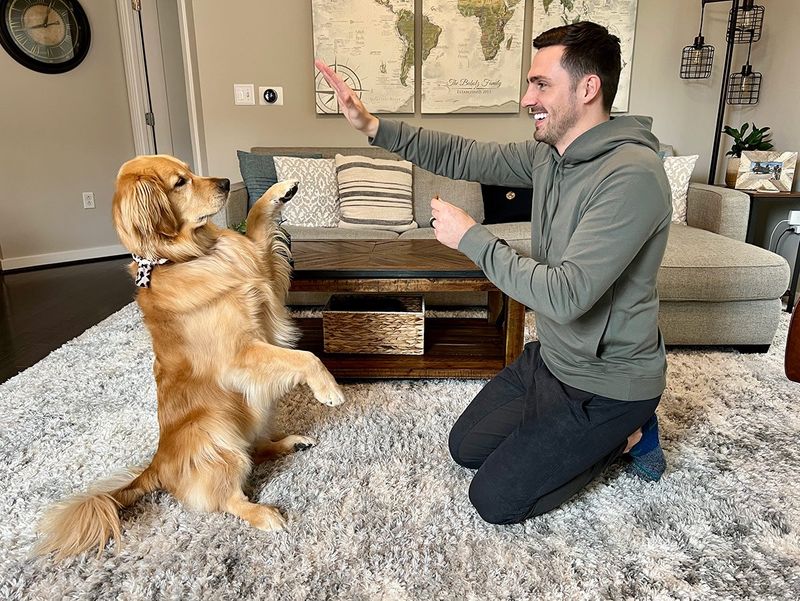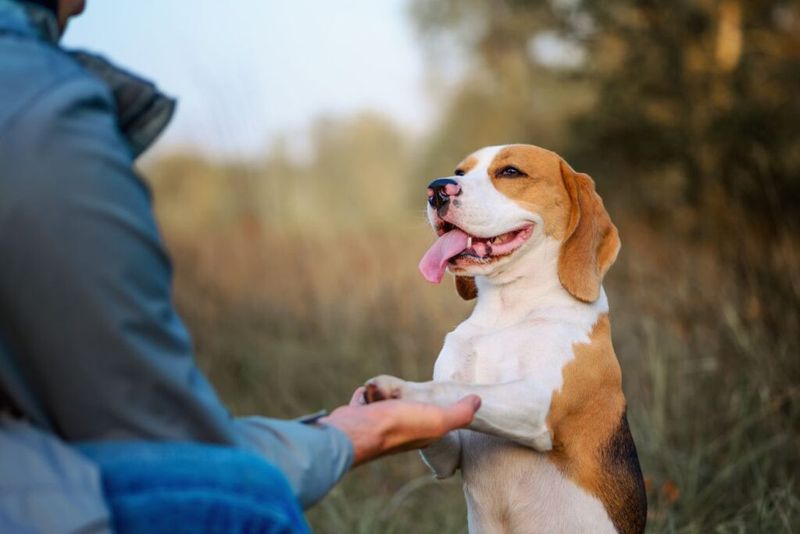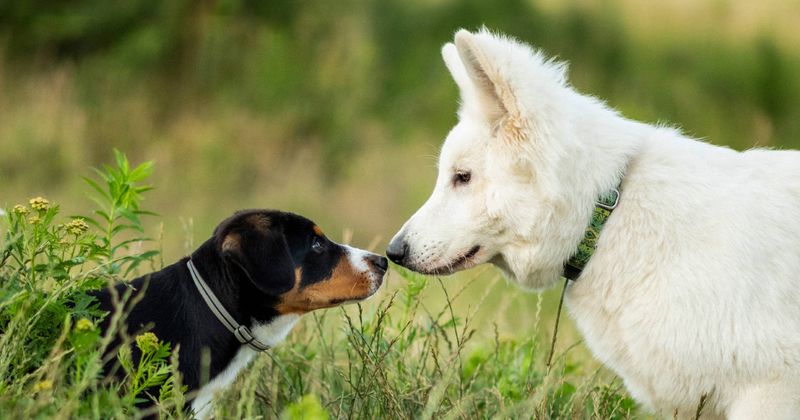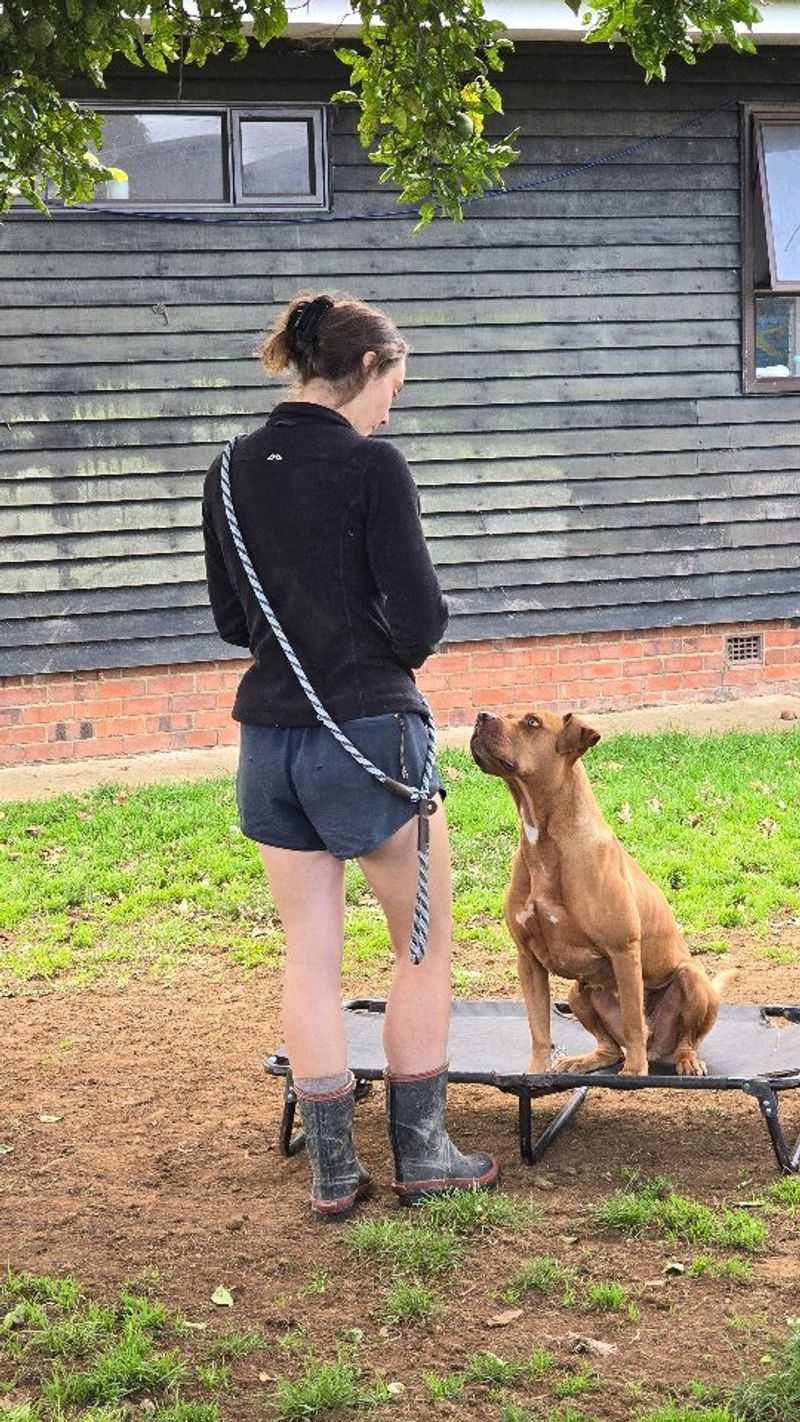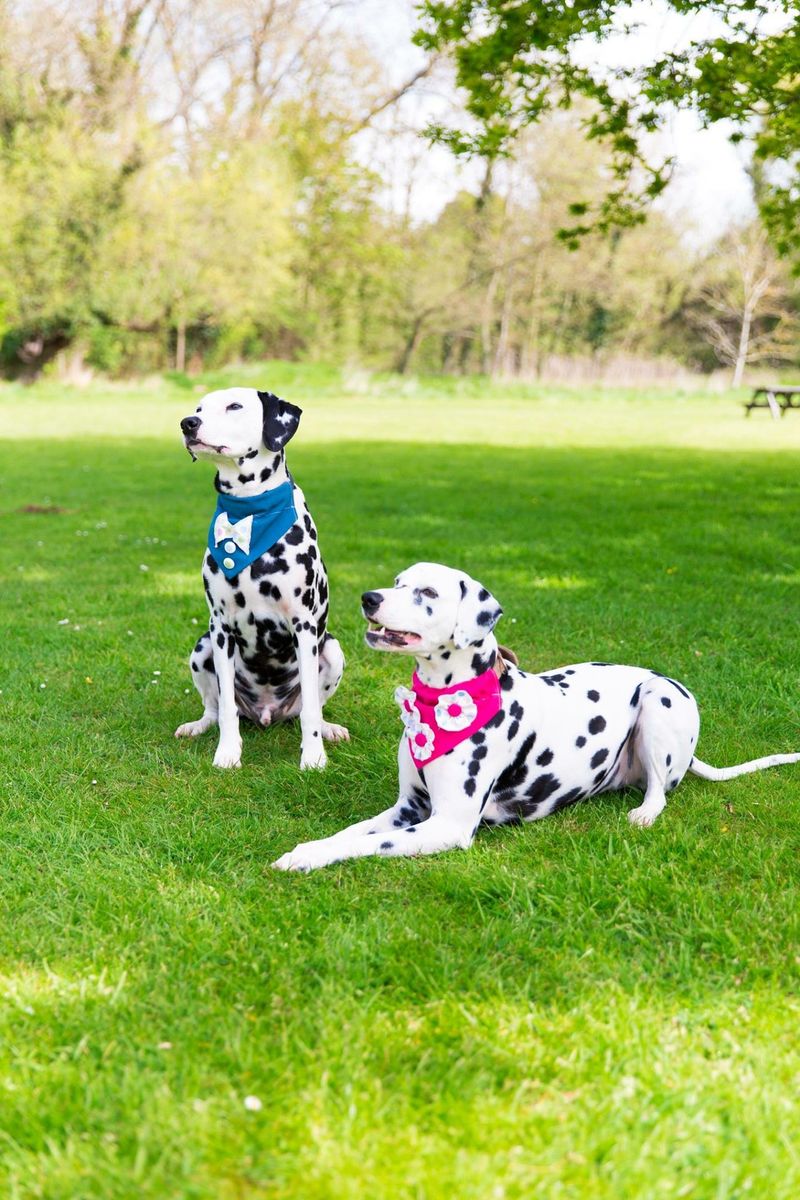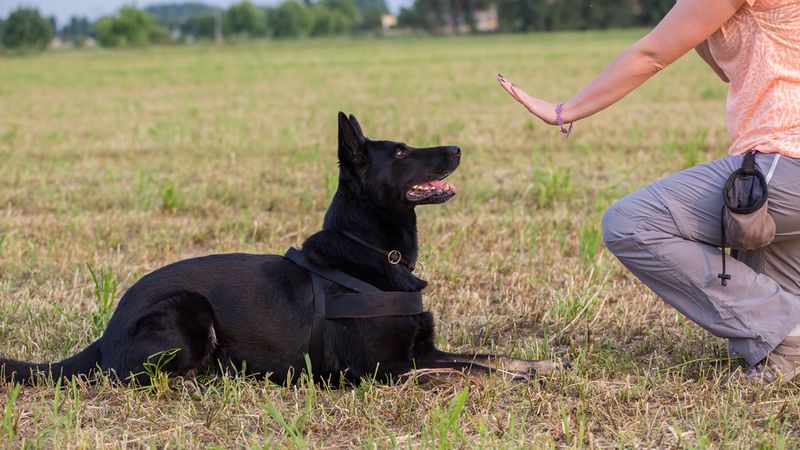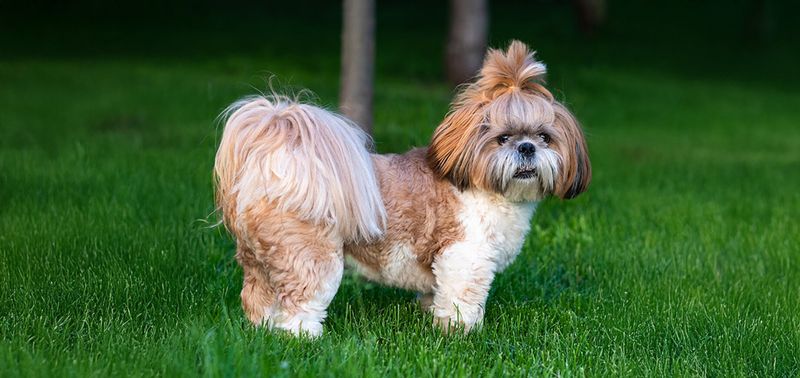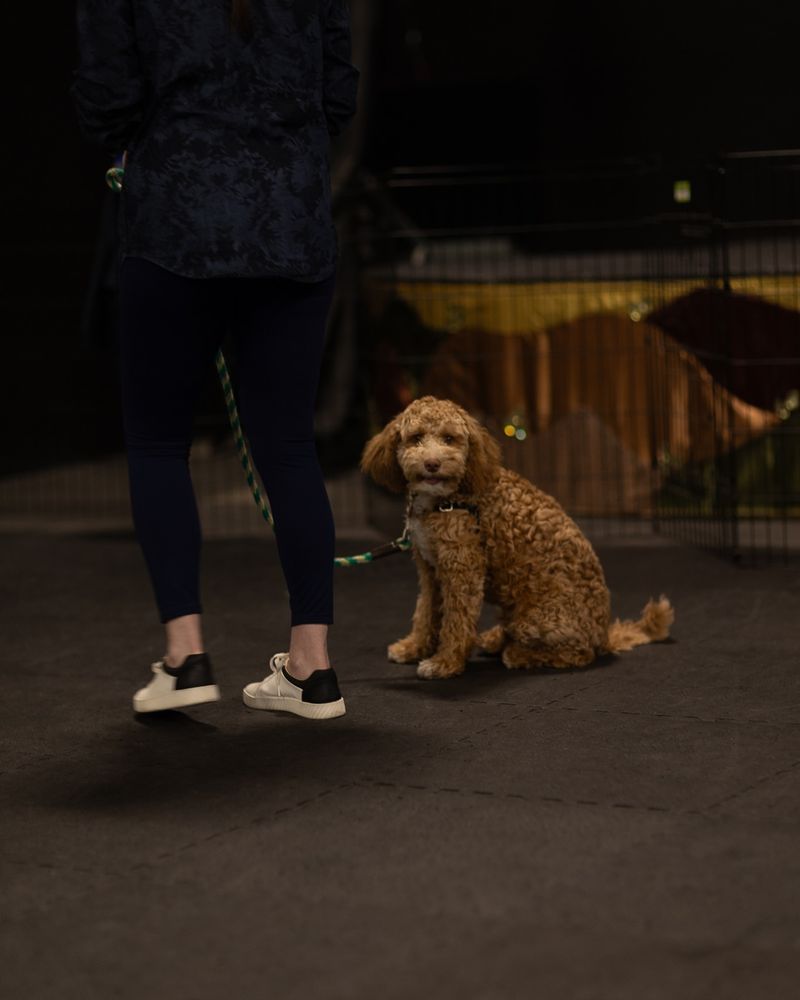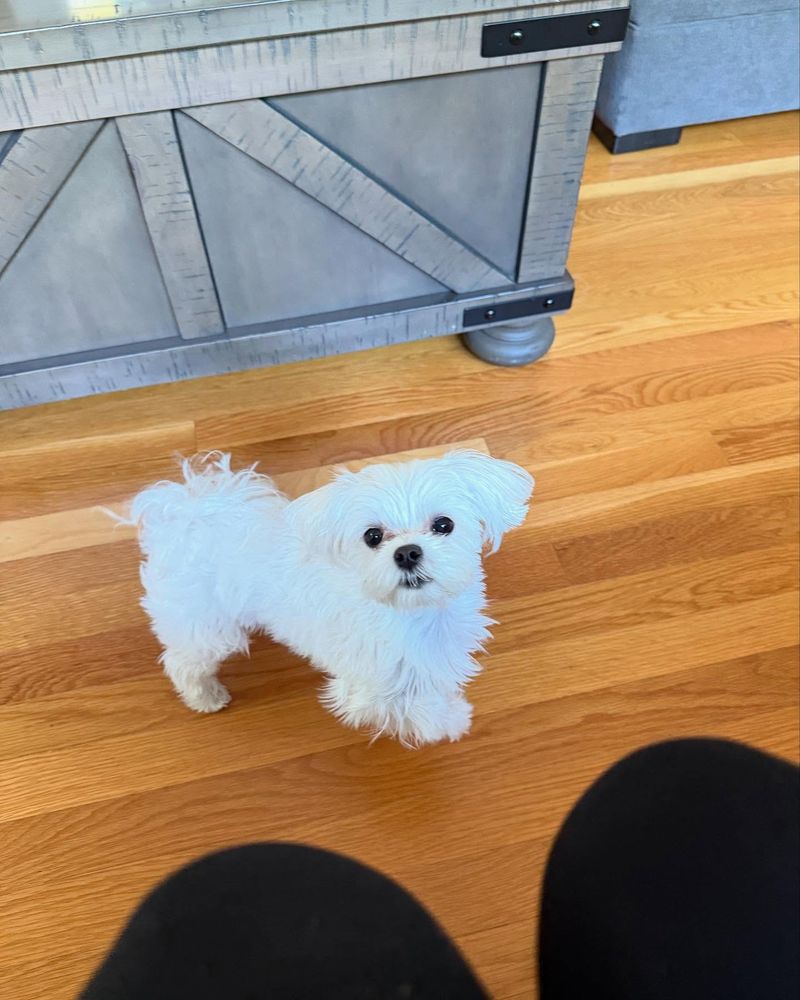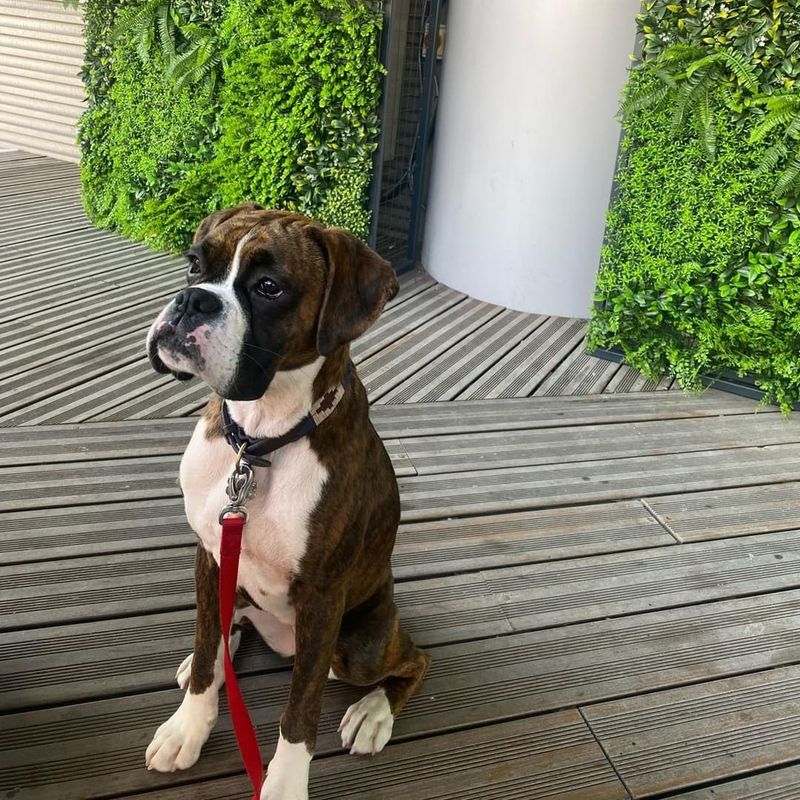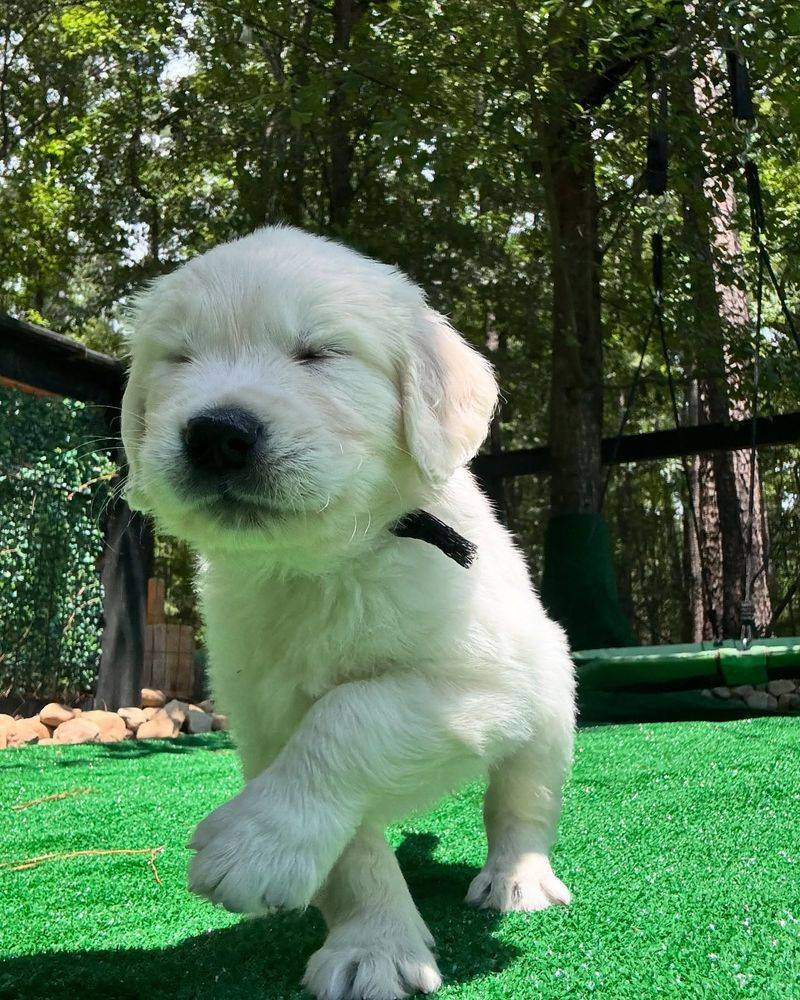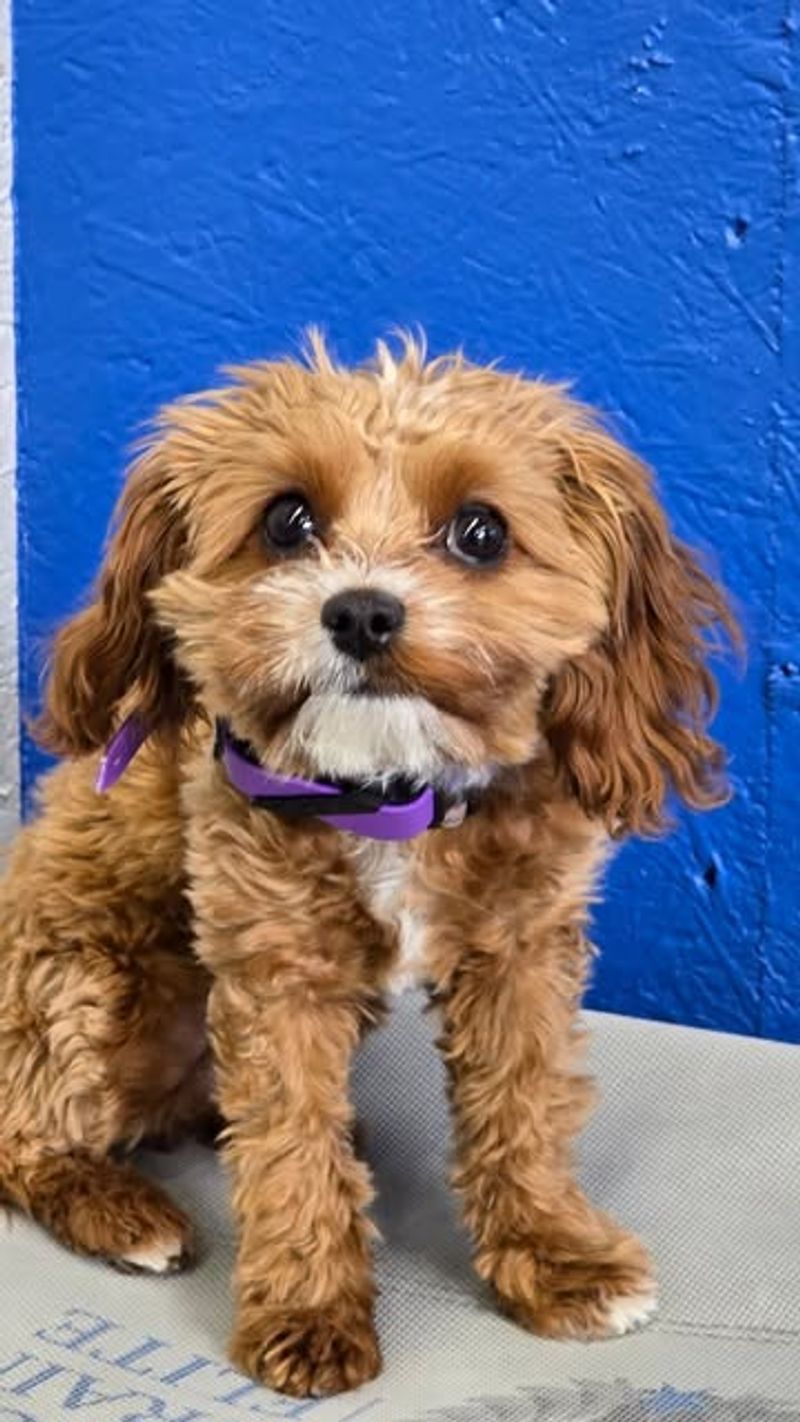Training your dog to be polite and well-mannered is a rewarding journey that builds a strong bond between you and your furry friend. Whether you’re a first-time dog owner or a seasoned trainer, these tips will provide valuable insights into raising a pup that’s a joy to have around. From understanding their needs to establishing clear communication, let’s explore ways to nurture a respectful and happy relationship with our canine companions.
Consistency is Key
Imagine teaching your pup a simple command like ‘sit.’ By consistently using the same word and gesture, you’re helping your dog understand what’s expected. Consistency builds trust and clarity.
When commands change, it confuses them, leading to frustration for both of you. Stick to the same routines and rules across the household to ensure everyone is on the same page.
Even when guests visit, maintaining consistent behavior expectations helps your dog know how to behave in various situations. Through patience and repetition, your dog becomes more confident and responsive.
Positive Reinforcement Works Wonders
Imagine rewarding your pup with a treat or praise after they follow a command. Positive reinforcement encourages them to repeat good behavior because they associate it with rewards.
By focusing on their successes rather than punishing mistakes, you build a trusting relationship. Dogs thrive on encouragement, making training sessions enjoyable for both of you.
Using treats, toys, or even verbal praise as rewards helps solidify the bond between you and your furry friend. This technique fosters a happy training environment and enhances learning.
Socialization is Essential
Imagine your pup meeting new dogs and people at a bustling park. Socialization helps them become well-adjusted and confident around various environments and situations.
Exposing them to different sights, sounds, and smells enables them to learn how to interact properly. This reduces fear and aggression, making them more adaptable.
Gradually introducing new experiences ensures they can handle life’s surprises. Socialization is a vital part of training, shaping them into calm and polite companions.
Establish Clear Boundaries
Visualize setting boundaries for your pup at home with baby gates. By defining areas they can access, you set clear expectations for their behavior.
Boundaries teach dogs what spaces are off-limits and help prevent unwanted habits. Whether it’s keeping them out of certain rooms or away from furniture, boundaries create a safe and structured environment.
Through consistent reinforcement, your dog learns to respect limits, leading to a more harmonious living situation for everyone involved.
Patience Pays Off
Picture an elderly woman lovingly guiding her Border Collie through new commands. Patience in training ensures thorough learning without overwhelming your pup.
Every dog learns at its own pace, so remaining calm and understanding is crucial. Frustration can hinder progress, but patience fosters a supportive learning environment.
Celebrate small victories and give your dog time to grasp new concepts. In the long run, patience leads to a well-mannered and happy dog that’s eager to learn.
Start Training Early
Imagine a lively Dalmatian puppy learning ‘sit’ and ‘stay’ from a young couple. Starting training early harnesses their natural curiosity and eagerness to learn.
Puppies are incredibly receptive to new information, making early training a strategic advantage. Basic commands lay the foundation for more complex skills down the road.
Early training prevents the development of unwanted behaviors, ensuring your pup grows into a well-behaved adult. It’s never too soon to begin nurturing good habits.
Use Hand Signals
Imagine using hand signals to communicate with your German Shepherd. This technique enhances understanding and response between you and your dog.
Dogs are visual learners and often respond better to gestures than words alone. Hand signals serve as clear cues, especially in noisy environments.
Combining verbal commands with hand gestures reinforces learning, making training more effective. It’s an amazing way to build a strong connection with your pup.
Consistency in Routine
Picture a couple maintaining a consistent daily routine with their Shih Tzu. Dogs thrive on predictability, and a structured schedule provides them with stability.
Regular feeding, walks, and training sessions help your dog anticipate what’s coming next. This routine reduces anxiety and fosters a sense of security.
Consistency in routine leads to a balanced lifestyle, promoting better behavior and health. A happy and well-adjusted dog is the result of a predictable daily rhythm.
Keep Training Sessions Short
Visualize a brief training session with a cheerful Corgi in a sunny backyard. Short sessions maintain your pup’s attention and prevent burnout.
Dogs have limited focus spans, and lengthy training can lead to disinterest. By keeping sessions brief, you make learning enjoyable and effective.
Incorporating playtime between sessions keeps their enthusiasm high. Short, engaging training ensures your pup looks forward to learning new skills.
Be Understanding and Compassionate
Imagine a middle-aged man gently encouraging a shy rescue dog. Understanding and compassion are vital in building a trusting relationship.
Every dog comes with its own history and personality. Approaching training with empathy helps them feel secure and valued.
Offering reassurance and recognizing their efforts fosters confidence. Compassionate training nurtures a bond based on love and respect.
Use Positive Reinforcement Tools
Picture a young woman using a clicker to reward her Poodle’s good behavior. Positive reinforcement tools amplify training success.
Clickers or treat pouches keep rewards consistent and timely. These tools create a positive association with desired actions.
Incorporating such tools makes training more efficient, guiding your pup toward success. It’s an excellent method to reinforce learning and enhance communication.
Encourage Playful Learning
Imagine a father and son enjoying a game of fetch with their Boxer by the sea. Playful learning transforms training into an exciting adventure.
Incorporating games into training sessions keeps your pup engaged and eager to learn. Dogs love play, and when combined with commands, it becomes an enjoyable experience.
Playful training not only stimulates their mind but also strengthens the bond between you. It’s a joyful way to teach new skills.
Adapt Training to Your Dog’s Needs
Picture a professional trainer tailoring a training plan for an Australian Shepherd. Every dog has unique needs and personalities.
Customized training addresses specific challenges and strengths, ensuring effective learning. Recognizing these differences leads to successful training outcomes.
By adapting your approach, you create a supportive environment where your dog can flourish. It’s about understanding what works best for them.
Focus on Clear Communication
Imagine a young girl using clear gestures with her Dachshund. Communication is the cornerstone of successful training.
Dogs rely on our cues to understand their roles. Clear commands and gestures eliminate confusion, making learning straightforward.
Consistent communication fosters trust and cooperation. When your dog knows what you want, they are more inclined to respond positively.
Celebrate Small Victories
Visualize an elderly couple celebrating their Chihuahua’s new trick. Acknowledging small achievements boosts your dog’s morale.
Every step forward, no matter how minor, is progress. Celebrating these moments encourages your dog to continue trying their best.
Recognition and praise build confidence, making training a rewarding experience. It’s about cherishing the journey together.
